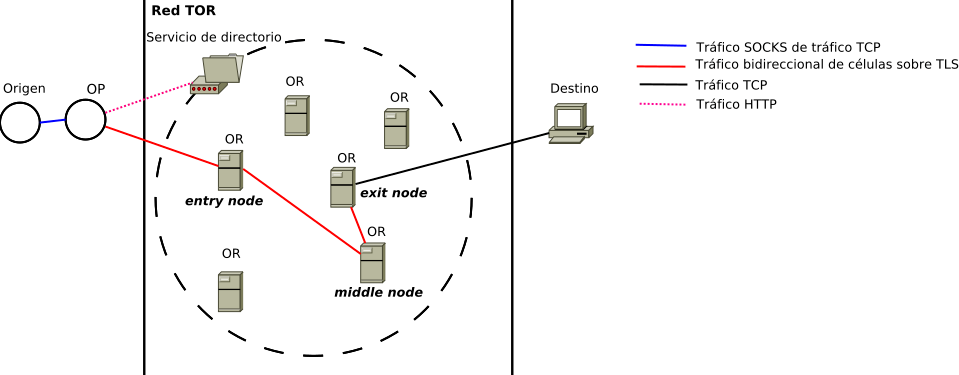- Deutsche Börse expands its stablecoin push with EURAU, signaling deeper institutional digital finance ties.
- Despite growing frameworks like MiCA, euro stablecoin use stays modest with low adoption across Europe.
Deutsche Börse is set to integrate the EURAU stablecoin, issued by AllUnity, into its financial market systems. The company will begin by offering institutional custody of the euro-pegged digital token through Clearstream, its central securities depository. EURAU is the third stablecoin the group has added this year, signaling a growing interest in digital currencies.
A formal agreement between Deutsche Börse and AllUnity has been signed, though no timeline has been confirmed for full service rollout. The two parties plan for wider implementation across Deutsche Börse’s services beyond custody. This decision fits into the broader goal of increasing stablecoin use across major financial infrastructure.
Stephanie Eckermann, a Deutsche Börse Group executive board member, said this cooperation “is an important part of our efforts” to connect traditional finance with digital finance. She stated that offering stablecoins with institutional standards gives clients a chance to explore new possibilities in digital finance with confidence.
Euro Stablecoin Access Expands for Institutions
This move comes shortly after Deutsche Börse began work with Circle’s Euro Coin (EURC) and Société Générale-Forge’s Euro CoinVertible (EURCV). Both were integrated into its digital asset roadmap in recent months. The company appears to be establishing access to euro-denominated stablecoins from different types of issuers.
The EURAU token distinguishes itself as being issued by a BaFin-licensed e-money institution based in Germany. In contrast, EURCV is tied to a traditional bank, Societe Generale, through its blockchain arm. EURC is developed by Circle, a U.S. tech company. By including all three, Deutsche Börse widens its exposure across private, bank-linked, and regulated issuers.
AllUnity’s CEO, Alexander Höptner, said this agreement helps with “making onchain cross-border payments and digital assets accessible to institutional market participants.” The emphasis has been on practical usage in regulated environments rather than general public access.
EU Aims for Global Lead in Regulated Crypto
The growing stablecoin strategy at Deutsche Börse matches recent developments in the European Union’s regulatory approach. The Markets in Crypto-Assets (MiCA) rules, fully implemented by the end of 2024, create a clear structure for digital assets. Deutsche Börse states that this partnership “aligns with MiCA” and reflects ongoing steps toward modernizing European markets.
Even with MiCA in place, stablecoin actual usage remains low across the euro area. The European Central Bank reported earlier this month that digital euro coin use remains minimal. The ECB attributed this to a mix of limited demand and strong preventative measures in current regulations.
Still, some within the sector are optimistic. Höptner stated,
“Europe is taking a global lead in regulated digital finance.”



